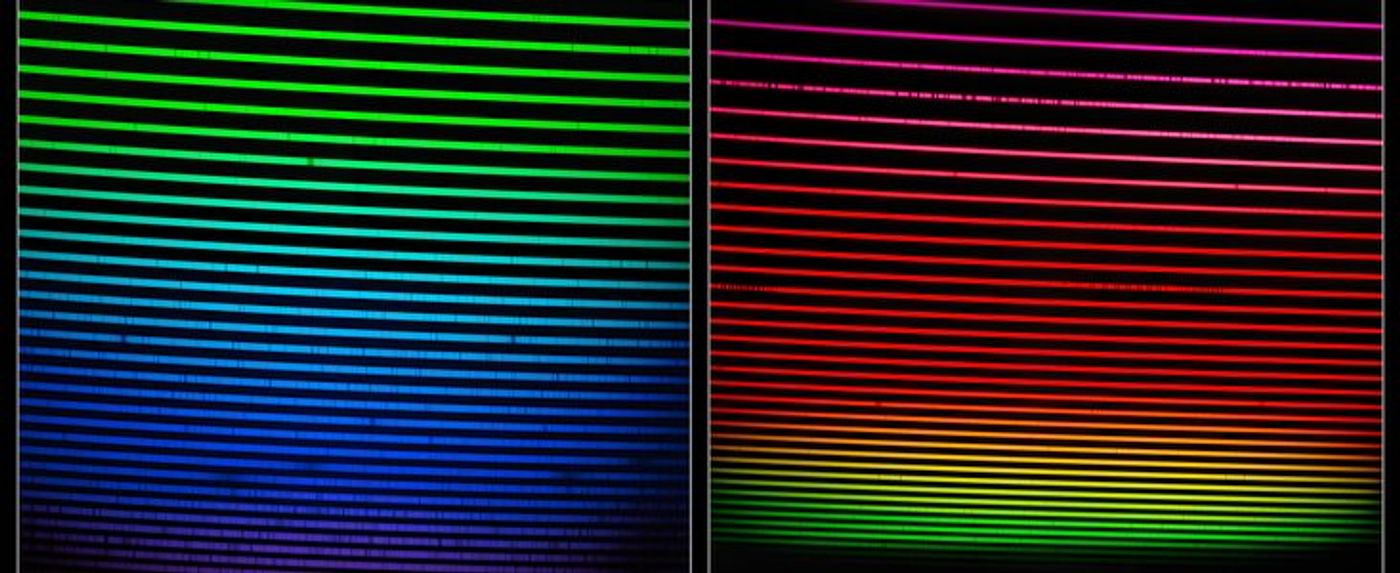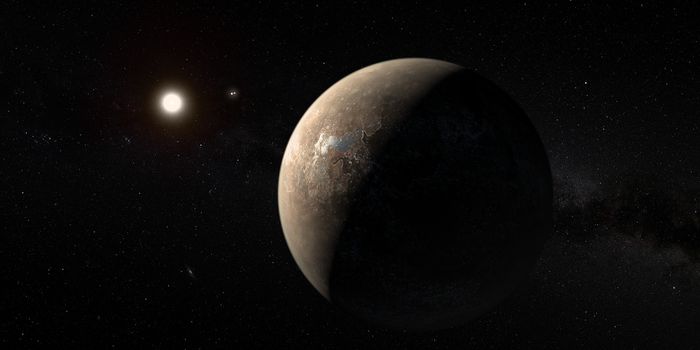Gemini's GHOST Achieves First Light!
GHOST – the Gemini High-resolution Optical SpecTrograph – recently achieved its first light. This new telescopic instrument recently upgraded the National Science Foundation’s (NSF’s) NOIRLab-operated Gemini South Telescope with a cutting-edge high-resolution spectrograph. Gemini South is one of the world’s most productive and powerful optical-infrared telescopes and gained a major capability boost with the installation of GHOST.
GHOST was constructed by an international consortium. Australian Astronomical Optics (AAO), located at Macquarie University, leads the consortium. The National Research Council of Canada (NRC) Herzberg Astronomy and Astrophysics Research Center was responsible for the construction of the spectrograph itself and the Australia National University (ANU) designed the instrument control system and data reduction software. The design and construction began in 2010 and took ten years to complete. The instrument was delivered to Gemini South in early 2020, but the installation was delayed until 2022 due to COVID-19 restrictions.
The main goal of GHOST is to better understand the earliest stars, the chemical fingerprints of distant planetary systems, and the formation and evolution of galaxies. First light was achieved by observing HD 222925, a bright, chemically complex star that is located more than 1,400 light years away. This star is a prime example of the types of objects the spectrograph was designed to observe.
Caption: This mosaic shows two spectra of HD 222925 taken with the GHOST instrument, with the bluer light portion of the spectrum shown on the left, and the redder light portion of the spectrum shown on the right. These two spectra were produced in the same single observation and measure light from around 350 nm to around 1015 nm. Credit: International Gemini Observatory/NOIRLab/NSF/AURA/GHOST Consortium
Spectrographs are some of the most important scientific instruments to astronomers. They can precisely analyze a spectrum of light emitted by astronomical objects. These spectra reveal detailed information about an object’s chemical composition, motion, and rotation. GHOST has 10 times the spectral resolution of GMOS, the other major optical spectrograph installed on Gemini, which is the most sensitive high-resolution spectrograph across the full optical wavelength range currently in operation on comparably-sized telescopes.
GHOST will be able to provide crucial follow-up observations of key targets for future and ongoing astronomical surveys. With its successful installation and first light observations, the commissioning team will put GHOST through a series of tests to verify that it is performing as designed. It is expected that GHOST will be made available to the astronomical community during 2023.
Source: Gemini Observatory









